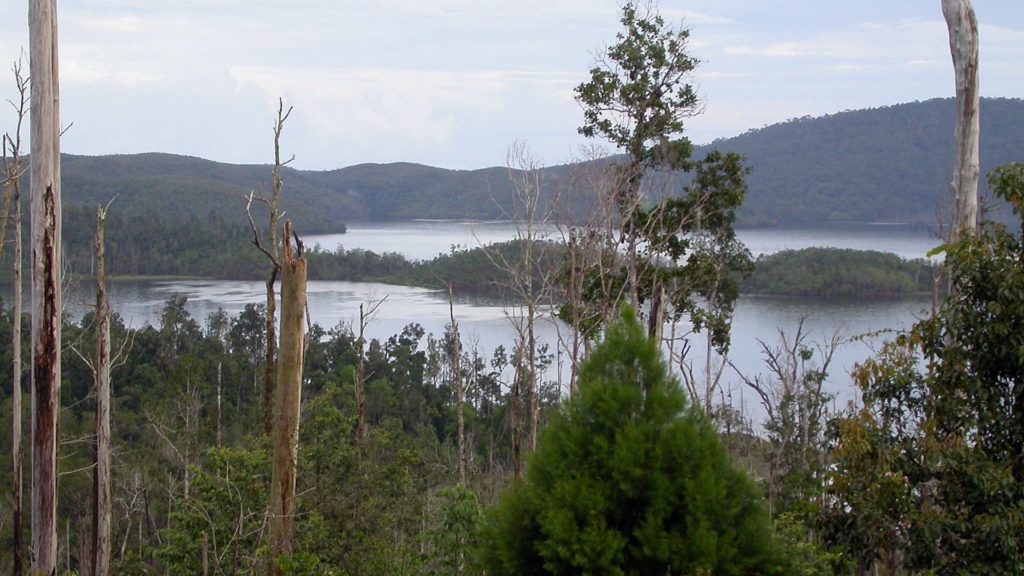Harita Group, which currently operates two nickel mining sites and four processing facilities in Indonesia, is constructing a new processing plant to produce electric vehicle battery-grade minerals. The mining and processing is expected to produce 6 million tonnes of waste per year, which the company initially planned to dump directly into the ocean. Following outcry from communities and activists, Harita Group changed course, stating that it wouldn’t use the harmful practice. But concerns about contamination on land and in the sea from nickel mining and mine waste remain.

Obi Island lies within the biodiverse Coral Triangle, home to some of the world’s most highly concentrated—and highly endangered—coral reefs. Dolphins and turtles migrate through waters off the western coast of Obi Island where ocean dumping is planned. More than 3,000 families rely on these small-scale and artisanal fisheries for their livelihoods. Studies have shown that increased nickel ore in the ocean can damage coral in just four days.
Today fishermen are already forced to go further offshore because their nearshore fishing grounds are polluted by contaminated runoff and wastewater from nickel mines and smelting at Obi Island. The proposed expansion would add four more coal power plants to an island already suffering the effects of toxic coal dust. About 700 families living in Kawasi Village on Obi Island are facing forced displacement to make way for the plant.
“Kawasi Village is built by our parents for their children and grandchildren,” said Dalmat Talaga, religious leader of Kawasi. “If this village is relocated, I will not move because this village is built by my parents and the others.”
Citing environmental impacts, 32 additional villages rejected the government’s plan to allow ocean dumping at Obi Island. Indonesian organization Action for Ecology and People’s Emancipation reports that upwelling returns discharged mine waste to the surface. Existing mines using submarine tailings dumping in Papua New Guinea show that mine waste spreads underwater, smothering fragile marine life with catastrophic consequences. The dangers of ocean dumping ultimately forced the Tsingshan Group and their partners to scrap such plans at nearby Morowali.
“We should not dump mine waste into the sea in order to cheaply produce battery nickel chemicals. The Morowali project has already abandoned the harmful practice, and those responsible for the Obi Island project should follow suit. People don’t want green technology that relies on dirty mining.”
Pius Ginting, Action for Ecology and People’s Emancipation
What is High-Pressure Acid Leaching?
Indonesian nickel comes from low-grade laterite ores, which are difficult to concentrate into high-quality nickel products using conventional separation or pyro-metallurgy. As a result, most laterite ore is used in the stainless steel industry. To produce battery-grade nickel from laterite ores, more and more companies are adopting a process known as High-Pressure Acid Leaching. This process is highly toxic, polluting, energy-intensive, and leaves a massive amount of residual material to be disposed of. Devastating cases of damage to freshwater and marine ecosystems have been documented in Canada, Russia, Australia, Philippines, Indonesia, Papua New Guinea and New Caledonia due to nickel mining and refining practices.
